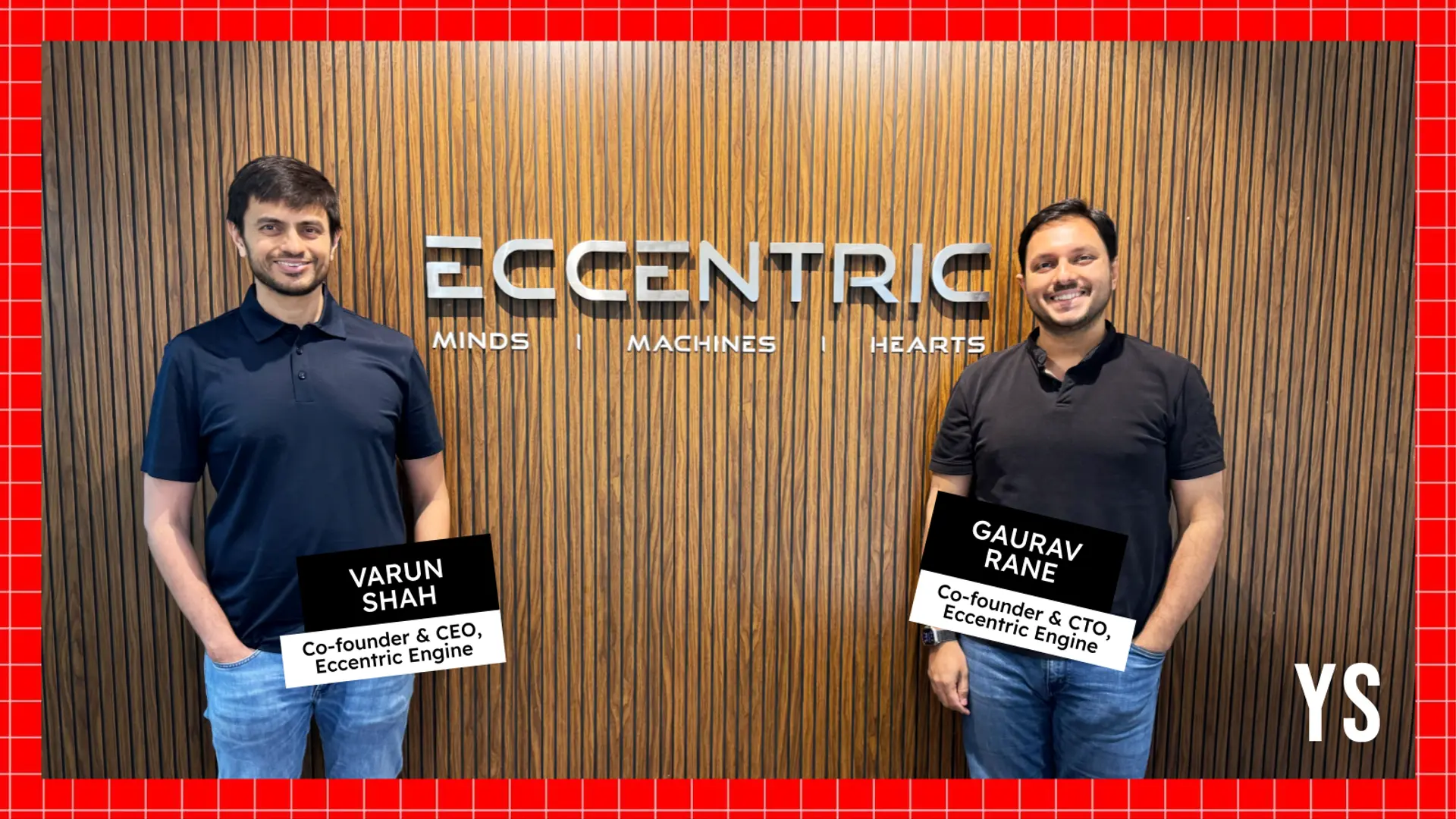Engage, empower, educate: what we can learn from these dynamic artist-entrepreneurs
In our wrap-up photo essay on the 20th edition of the Kala Ghoda Arts Festival, we show how artist-entrepreneurs effectively leverage humour, raise awareness about the environment, and support tribal communities.
PhotoSparks is a weekly feature from YourStory, with photographs that celebrate the spirit of creativity and innovation. In the earlier 295 posts, we featured an art festival, cartoon gallery. world music festival, telecom expo, millets fair, climate change expo, wildlife conference, startup festival, Diwali rangoli, and jazz festival.
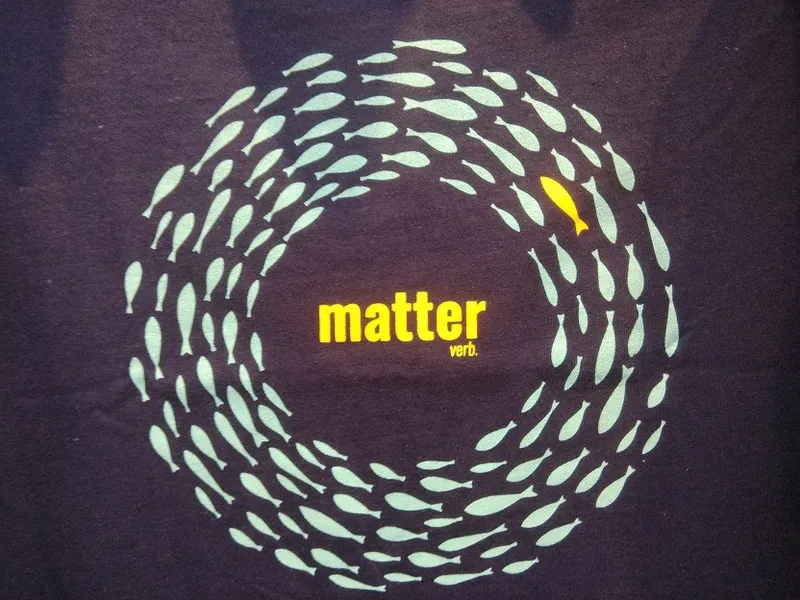
Mumbai’s nine-day Kala Ghoda Arts Festival (KGAF) marked its 20th anniversary this year. See YourStory’s coverage of the 2018 and 2017 festivals, as well as the 2019 edition (organiser insights, Part 1, Part 2, Part 3).
In this final wrap-up piece on Mumbai’s favourite annual art festival, we showcase more exhibited works along with artist-entrepreneur insights on engagement through humour, education about the environment, and empowerment of tribal artisans.
“In its purest form, art is a balancing variable that fits into every equation. The best art lends itself to a large set of environmental situations, and yet has the intensity to stand apart and make space for itself,” said Nitin Gera, Founder of One For Blue, in a chat with YourStory.
“Through our art, we bring out the beauty of our wild friends. Our art is aimed at nurturing the deep-rooted connect between our customers and our un-paralleled wildlife bounty. We urge customers to explore wildlife, and also take a stand for it,” he adds.
At KGAF, his team interacted with business leaders as well as the youth, and are pleased with the overall management of the festival. “KGAF is a platform like none other in Asia. The democratic audience that one can interact with makes for a unique learning experience to hone your business proposition and test product-market fit,” Nitin adds.
He also offers a range of tips for aspiring artists and entrepreneurs. “Most artists are passionate people. Our advice for them would be to add that extra touch which helps their audience connect with their work and makes for the magic sauce,” Nitin explains. “At the same time, make sure that your target audience is clearly understood and that your work delivers the price-value equation they seek,” he advises.
“Learn, explore, and express – there are three tips I would like to give to aspiring artists,” adds Dev Singh, Founder of Laughing Monk, whose products include quirky T-shirts and bags.
The brand is less than a year old, and Dev describes their experience at KGAF as humbling. “Our biggest challenge was to convince the audience about our idea of creativity, and we are happy with the response,” he adds.
“My art is a medium to bring smiles to everyone. I believe there is enough misery in the world, everyone can do good with some laughter and fun,” says Prasad Bhat, caricaturist and Founder of GraphiCurry. “Give a thought to any form of art. Try to understand what it takes to create the work, then what the outcome looks like,” he advises audiences.
His Bengaluru-based team had an overwhelming response at KGAF. “Mumbai has always been very accepting of art and encouraging of newer forms,” he adds, though the long duration of the event can lead to challenges in terms of planning and execution for out-of-station exhibitors.
“Work hard, stay persistent, keep it real. Along with being a passion, ensure that you are realistic about the income that your work fetches you as well. Only then you can sustain it as a career,” Prasad advises aspiring artists.
“People need to value handcrafted products. It is so sad to see people compare a handmade product with a mass produced object, and try to bargain for it instead of appreciating its value. Good audiences appreciate art and that’s what an artist needs,” explains Mangesh Todkar, founder of Nobody Else, a design firm which makes artistic works for home décor.
His creative journey started from his childhood years, making kites or even activities like birthday parties. “I understood the need or requirement of people or projects, and came out with products. A simple mundane clock, or even a key ring holder can be interestingly designed,” Mangesh says.
“It’s every artist’s dream to display at Kala Ghoda. This year, I got my family to experience the magic: the smiles, the amusement from kids seeing samosa and donut paperweights, housewives loving the funky key-holders, and men interested in BEST Bus planters,” he jokes.
“The only challenge I faced was that some youngsters were only interested in taking pictures rather than sharing a word. School-age kids were more anxious to understand the craft,” Mangesh adds.
He also offers tips to aspiring artists. “Do what you are best at, but get better each day. Stop searching for a ready-made formula for success. Keep exploring. Success never guarantees happiness, but happiness will surely guarantee success,” he advises.
Mitali Upadhye, marketing head at Raah Foundation, cites this quote by Horace: “A picture is a poem without words.” She further describes art as “beautification of a thought or a feeling, expressed or shared so as to communicate or connect to society.”
Art breaks all boundaries and sets an artist free to explore, create or invent new dimensions, according to Mitali. “Art is the highest form of hope and happiness. Art is a powerful tool to bring new change in society and bring upon new waves of revolution,” she adds.
As advice to artists, she urges a focus on preservation as well as novelty. “It’s time to open our doors that are closed to the past, revive traditional art forms, and focus on our inherited rich culture,” Mitali urges. Her foundation supports and promotes Warli art, one of the oldest art forms of Maharashtra.
“It’s time to showcase to the world the power of our ancient art. It’s time to be creative, yet strike a balance between modern and ancient times. Appreciate and explore the different and wonderful art forms of India,” she emphasises.
The Warli art exhibition was supported by the Tribal Development Department of Maharashtra. “The sales were flattering, and what really shall help us is our brand awareness, and getting to interact with audiences from around the world who appreciated our work,” Mitali says with pride.
Even a small team can put on a good show with proper planning, excellent team spirit, and coordination. “It helps a brand when its team is so keen to join hands and work for a bigger cause,” she adds.
Mitali urges audiences to not just support tribal art but be aware of the various problems facing artists and support holistic development of the tribal belt. “As an artist organisation, it’s not only about selling art pieces but the responsibility of conveying the underlying message. It’s very important to have that connect so that the audience can relate to the picture and take back home a piece of happiness,” she emphasises.
Now, what have you done today to embrace art and also see the bigger picture within?

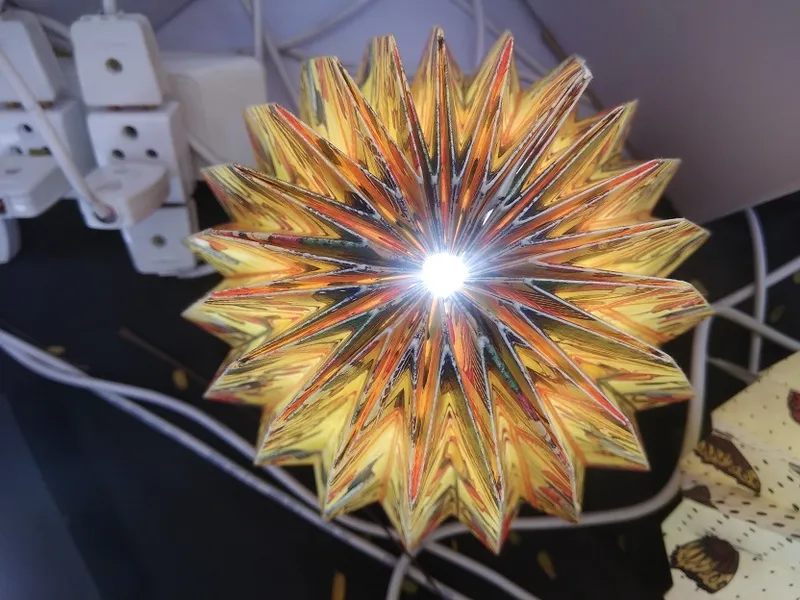
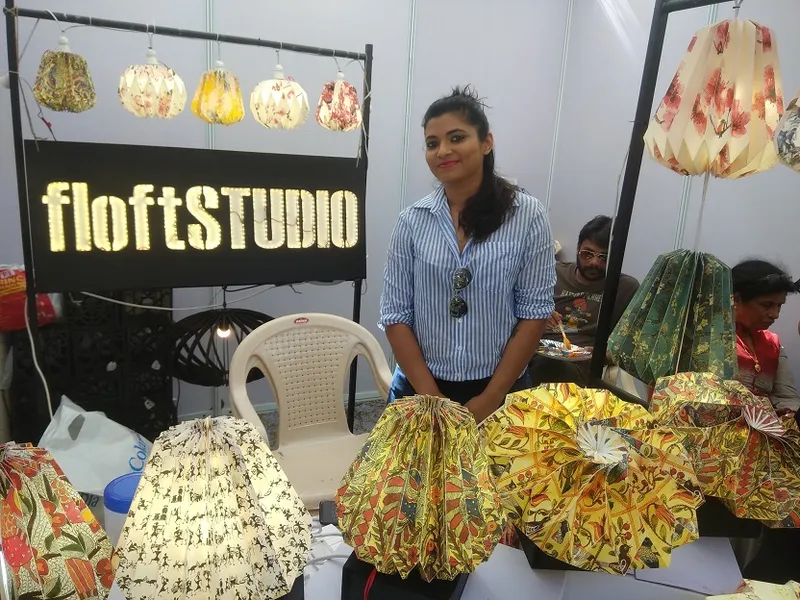
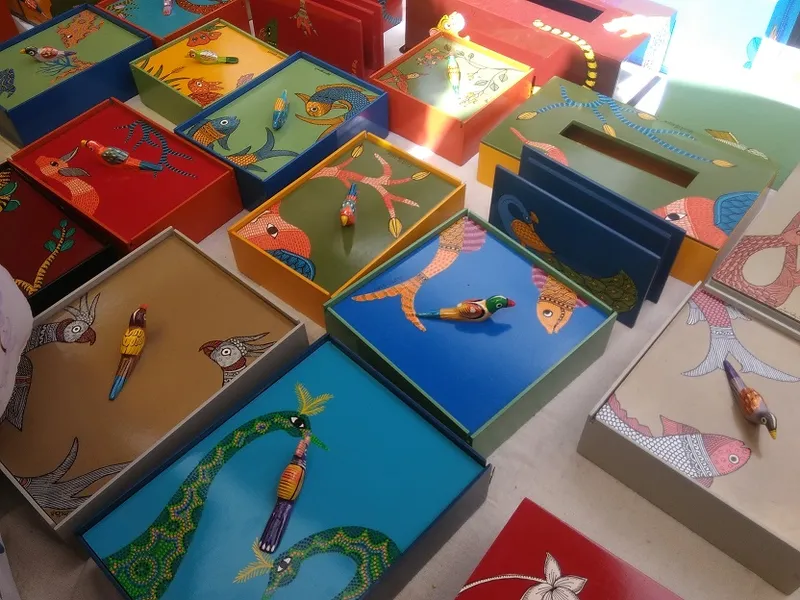
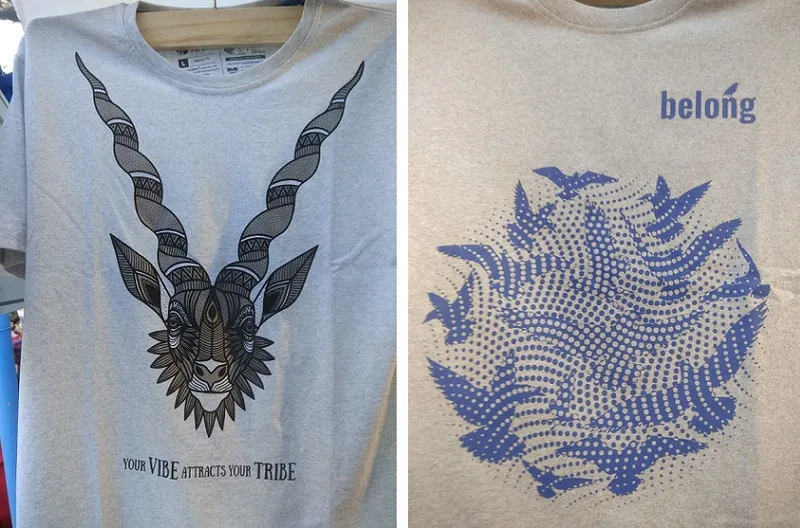
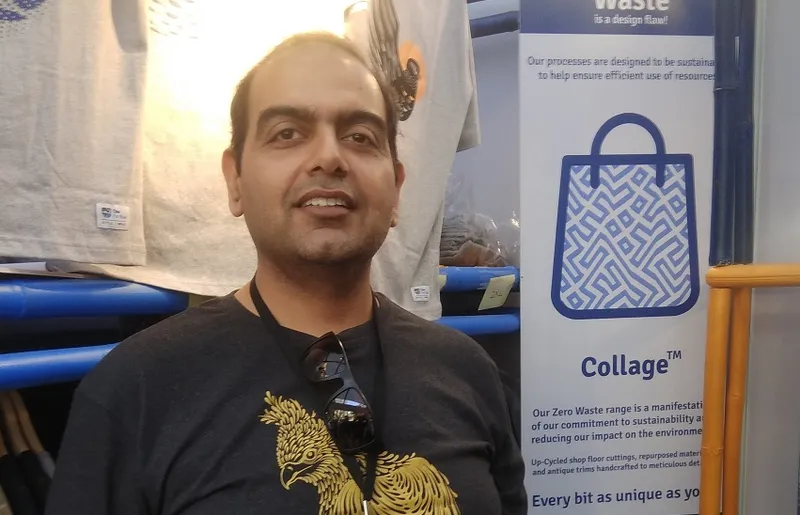

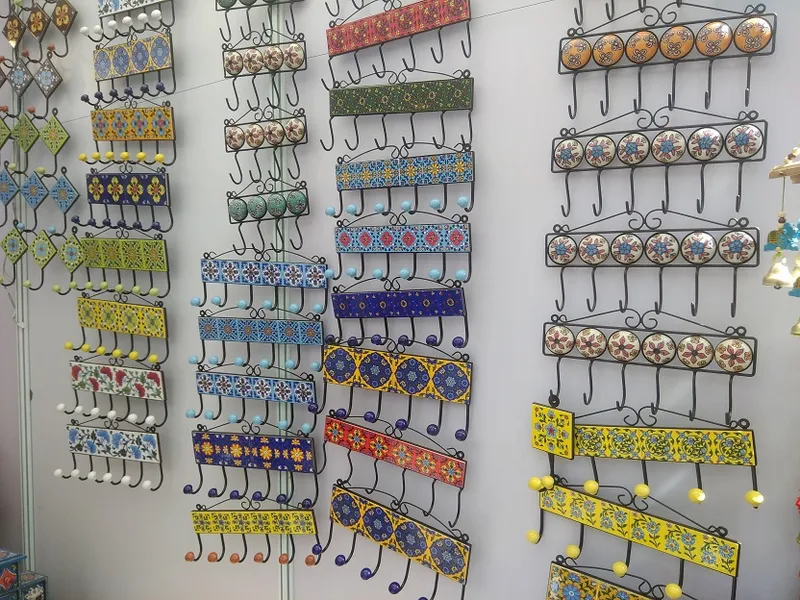
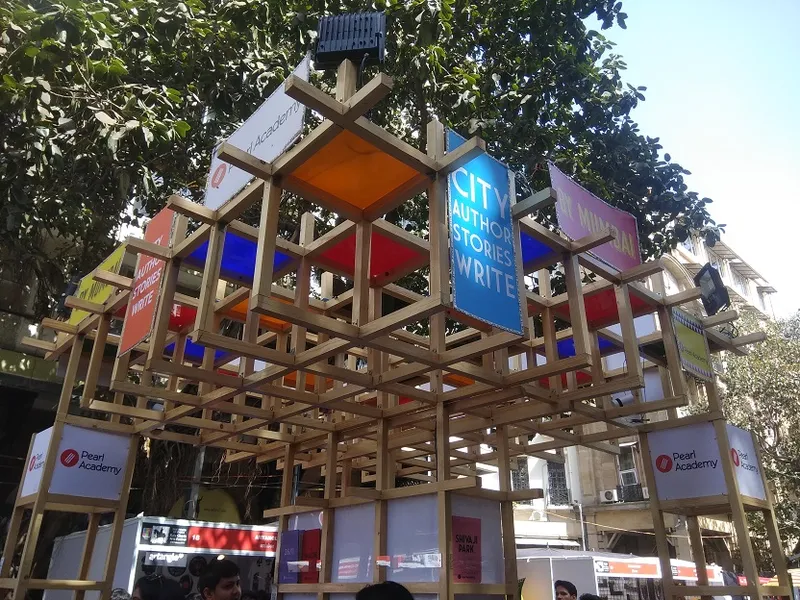
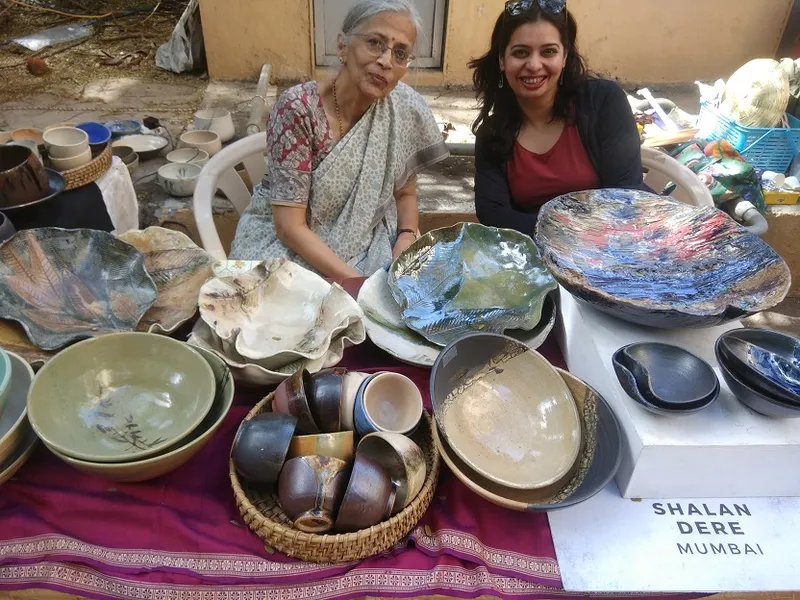
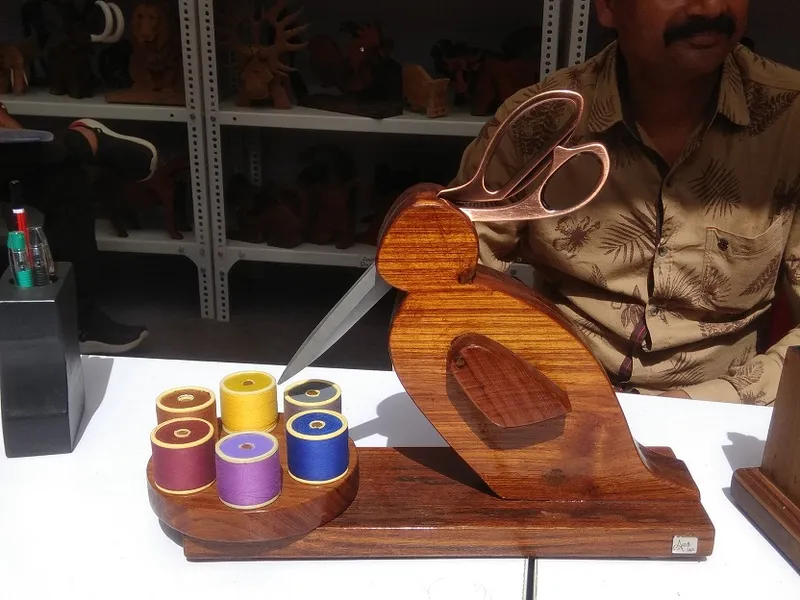

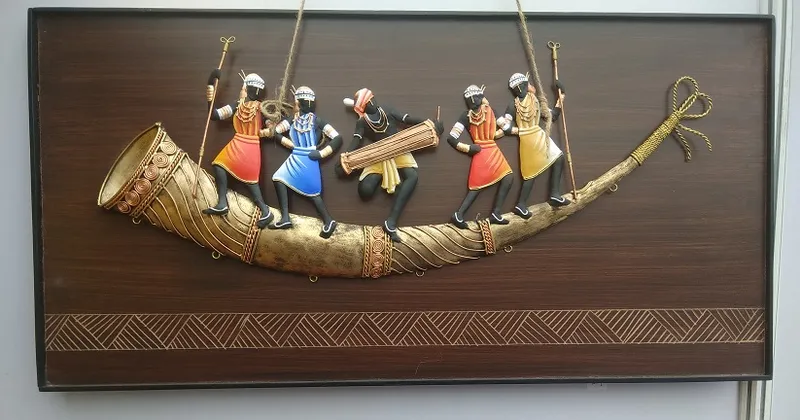
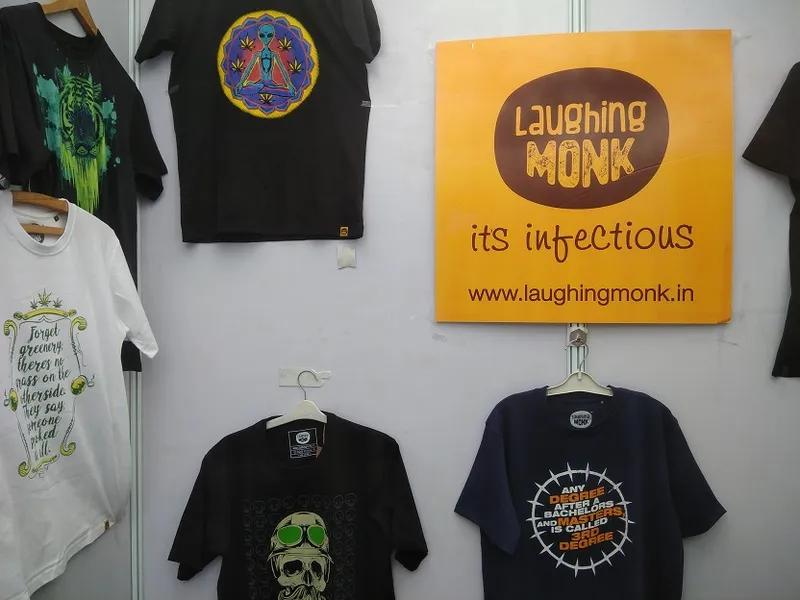
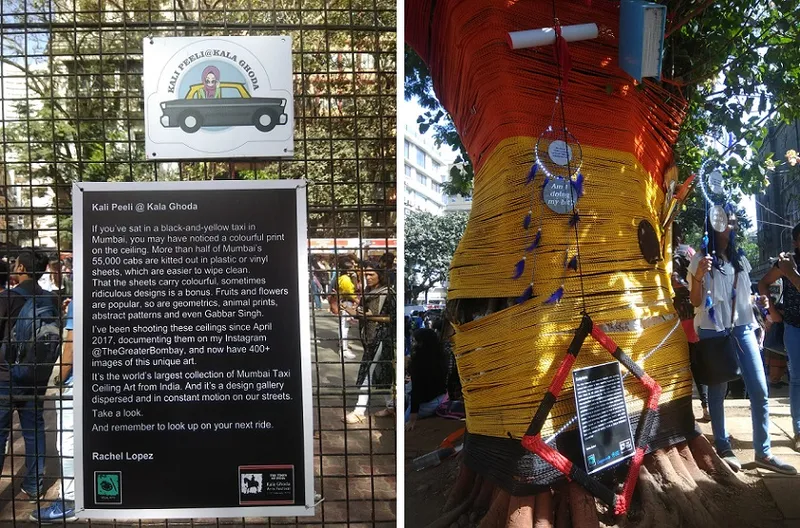
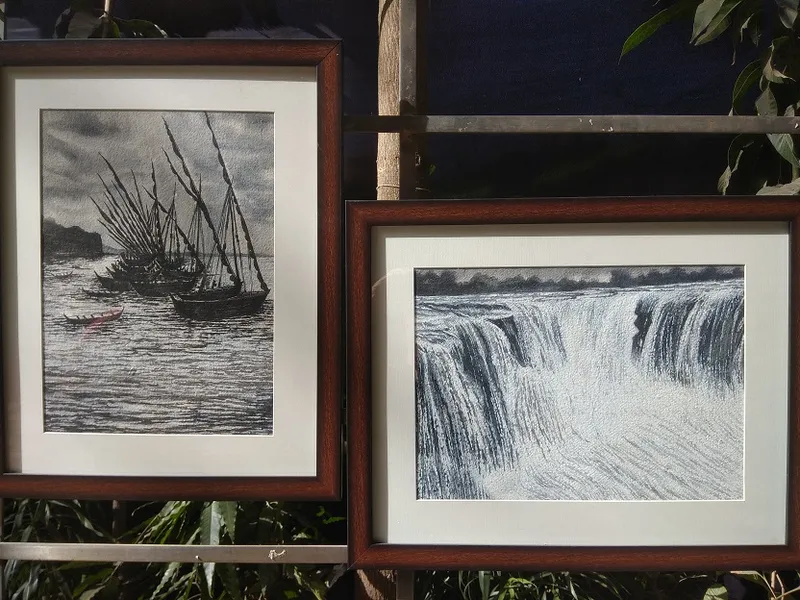
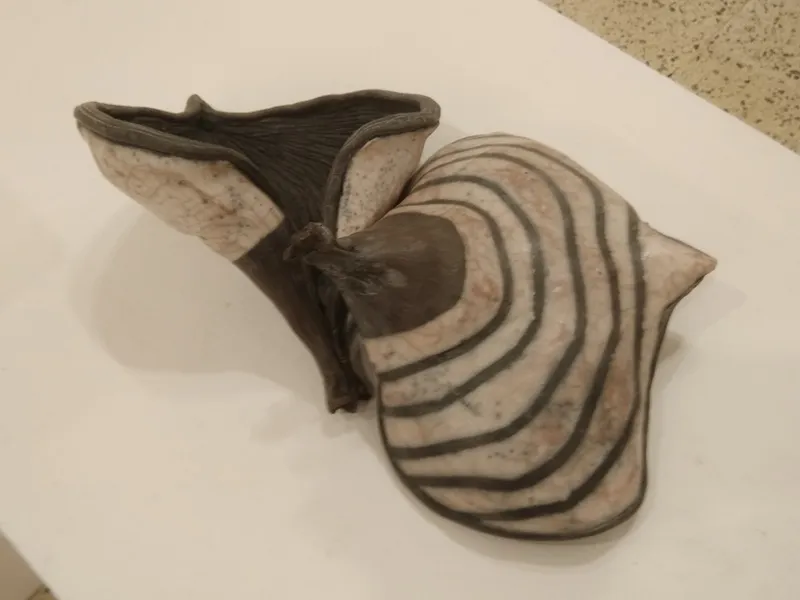
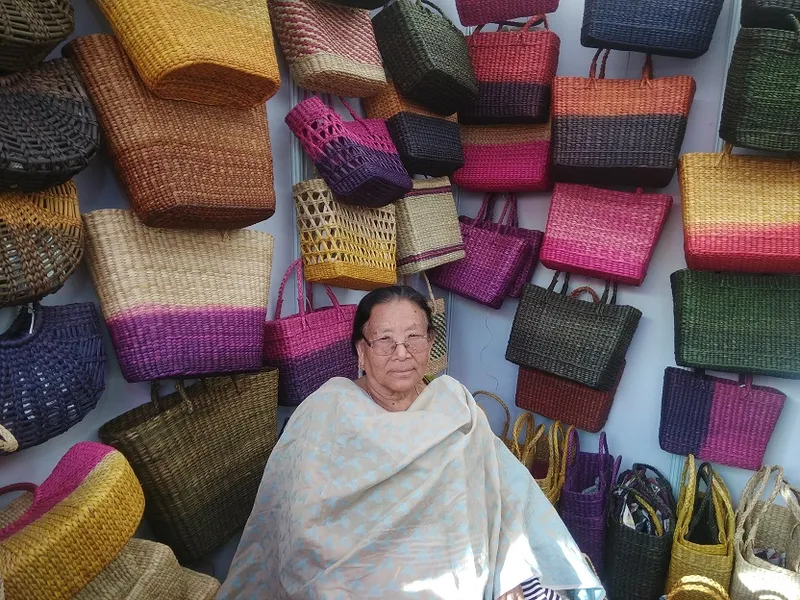
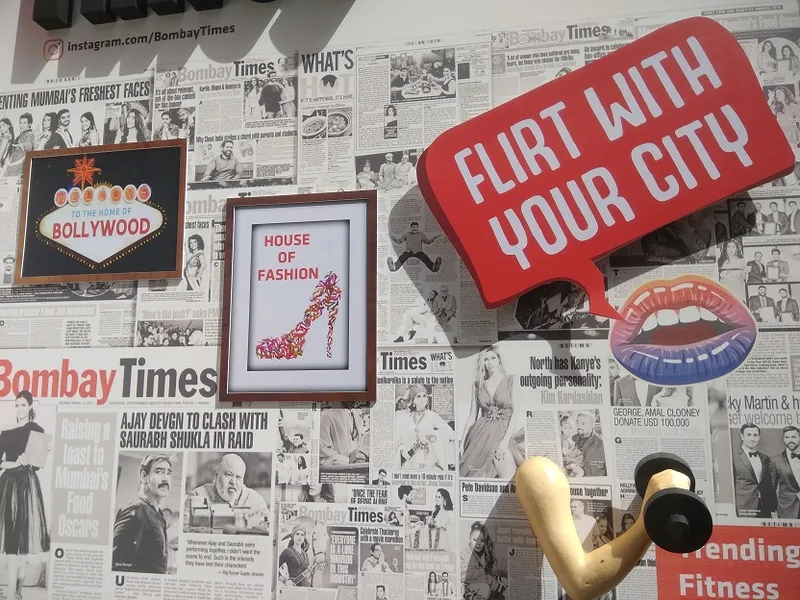
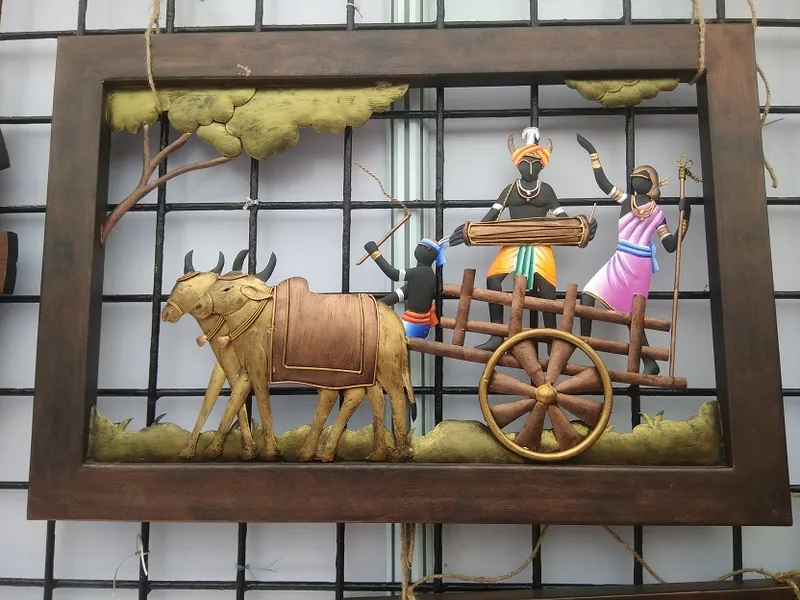

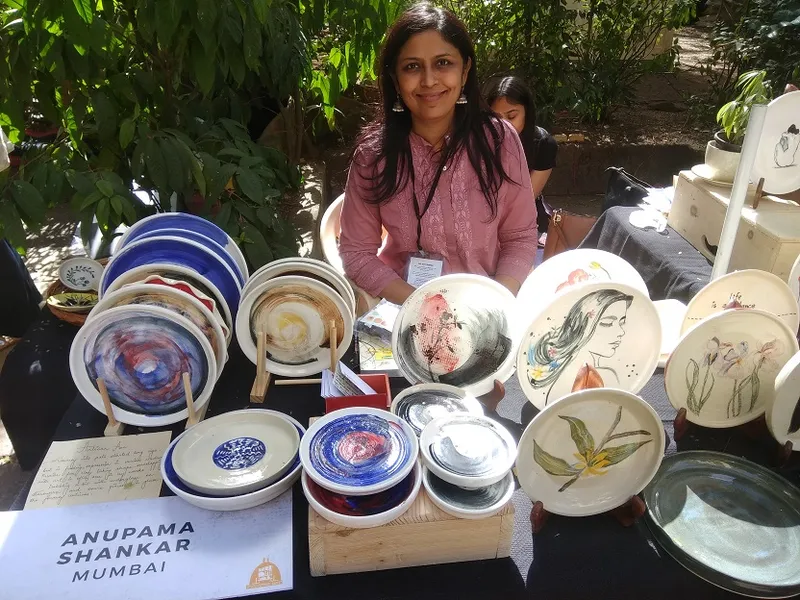

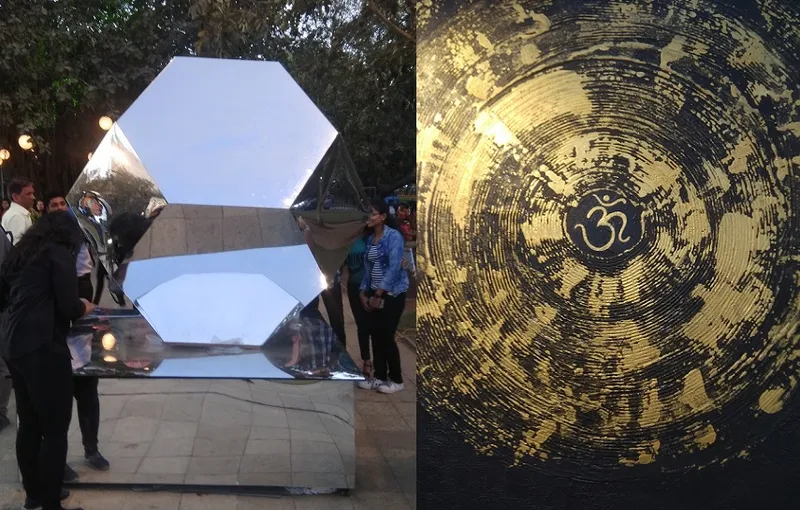
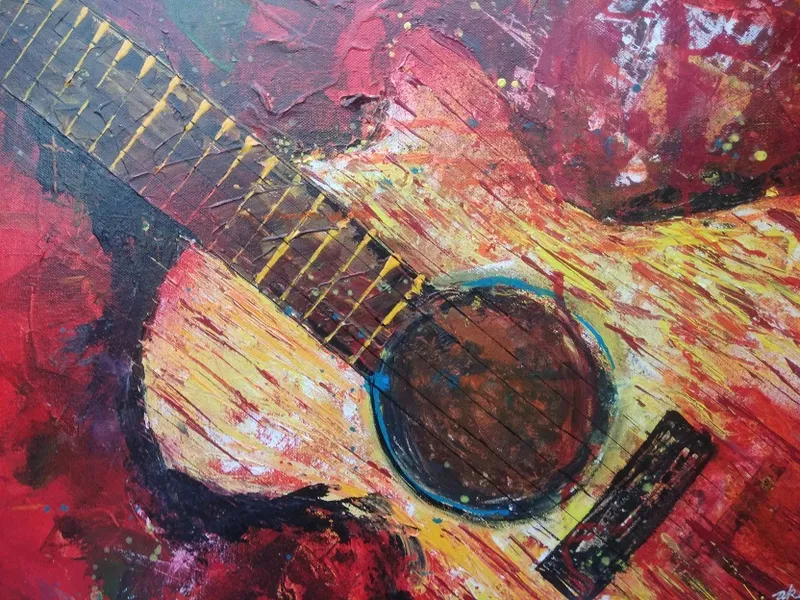
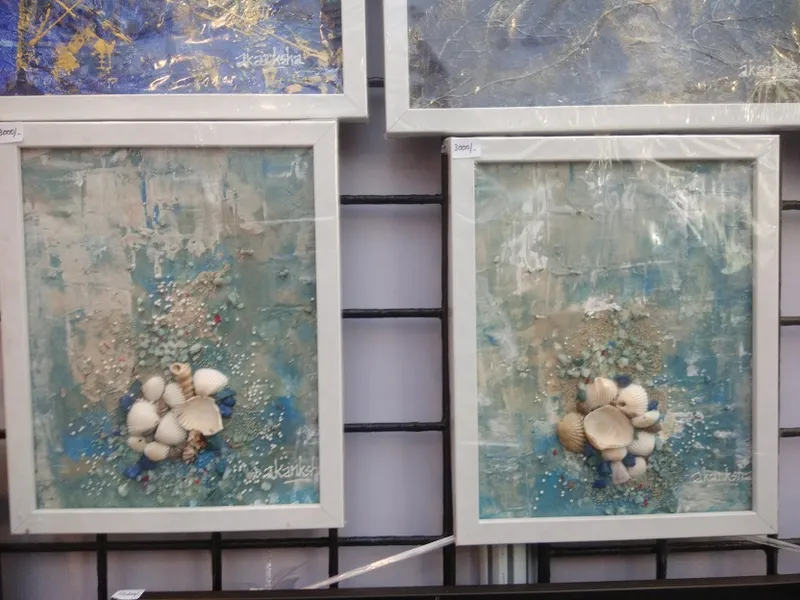
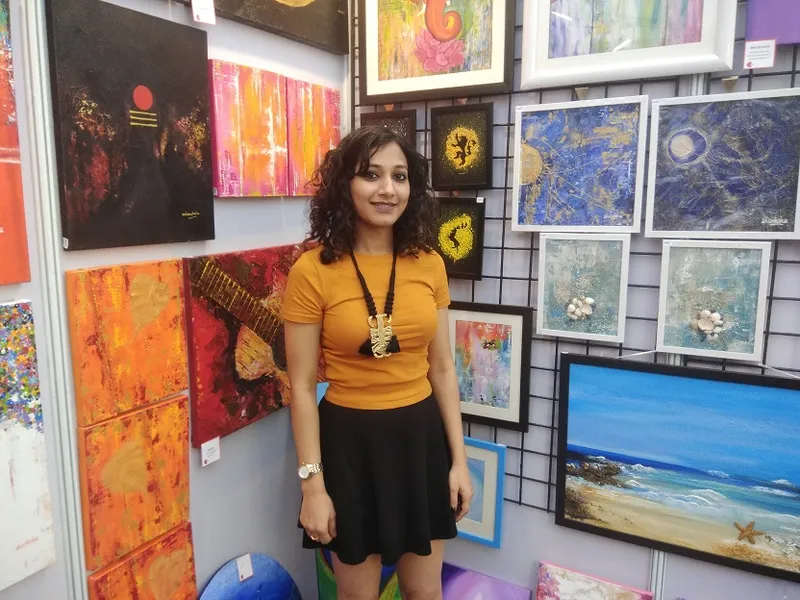
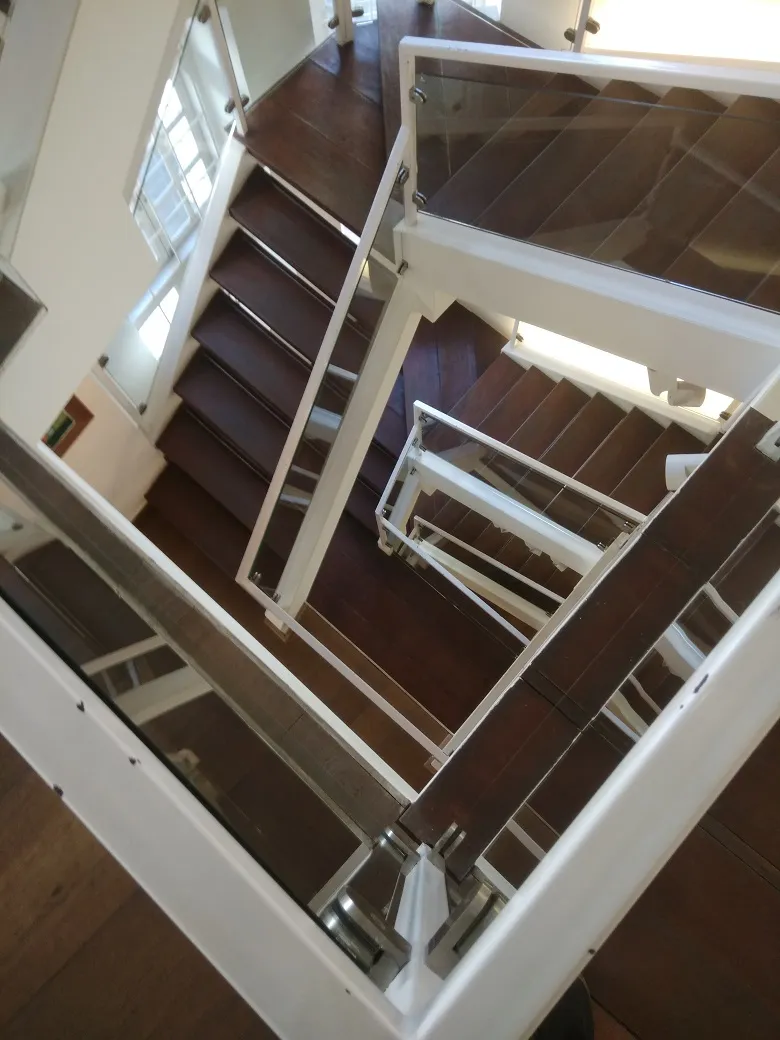
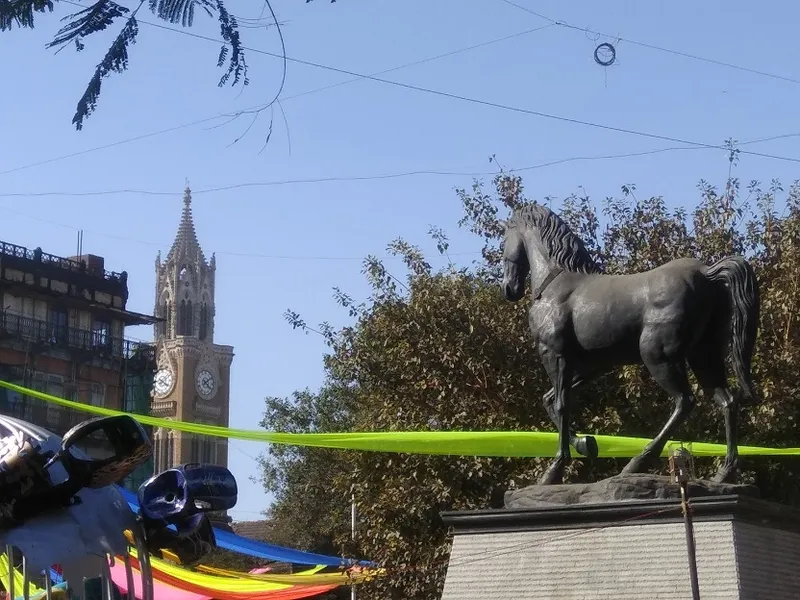
Got a creative photograph to share? Email us at [email protected]!
See also the YourStory pocketbook ‘Proverbs and Quotes for Entrepreneurs: A World of Inspiration for Startups,’ accessible as apps for Apple and Android devices.



